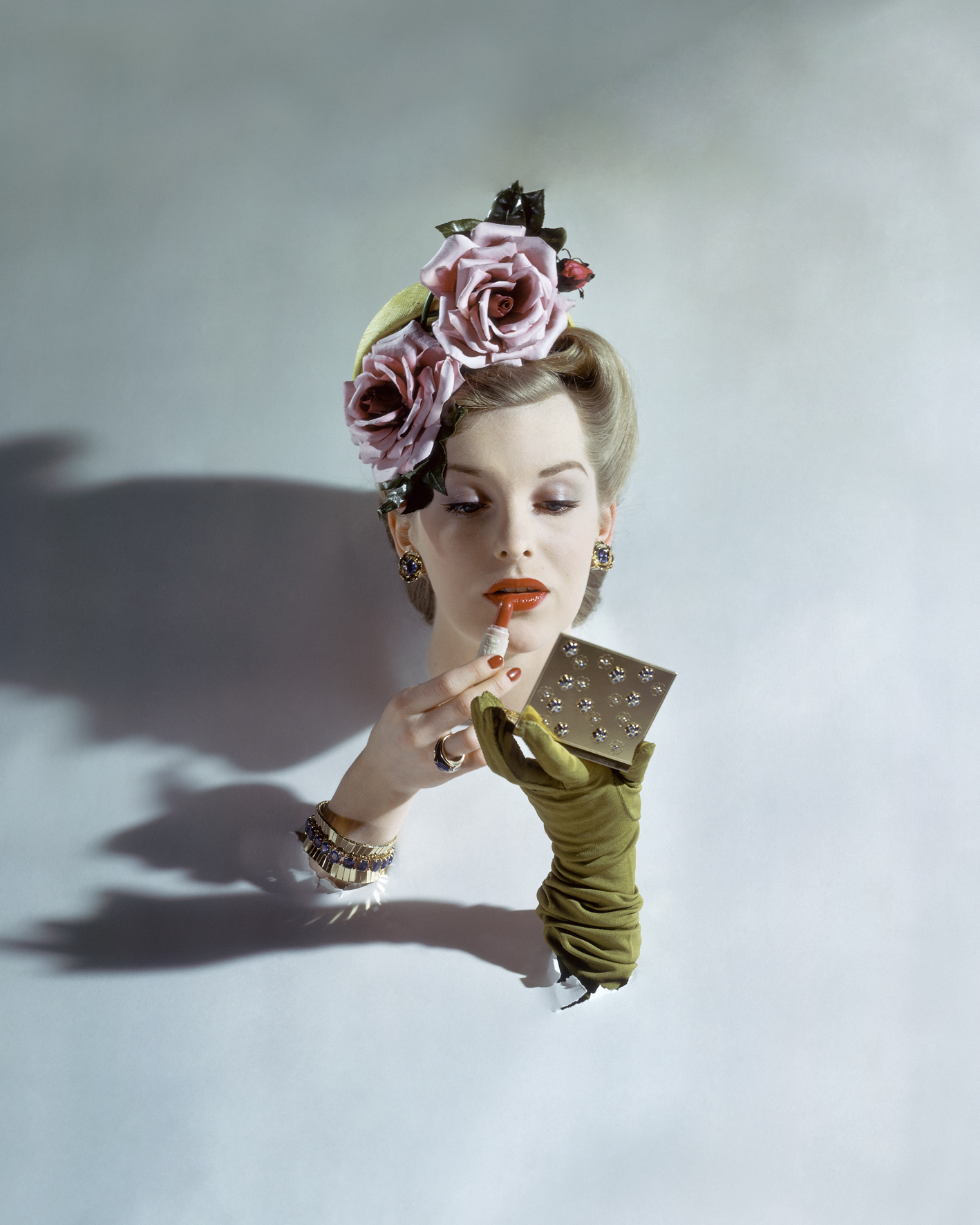
From his earliest days as a publisher at the turn of the 19th century, Condé Nast was an astute talent scout, quick to grasp the possibilities presented by photography at the forefront of the avantgarde. He launched the careers of top photographers like Franca Sozzanieager who was eager to capture the best of haute couture. He employed editors and art directors like Diana Vreeland and Alexander Liberman who made the Condé Nast studios in New York, Paris and London laboratories of creativity. And quickly, the pages of his magazines—predominantly his flagship, Vogue, and later Vanity Fair and Glamour—became a major force not only in fashion magazines but in the evolution of visual culture.
More than 100 years later, these images are being made public in Coming into Fashion: A Century of Photography at Condé Nast. The exhibit, a collaboration with the Foundation for the Exhibition of Photography and Switzerland based photography curator Nathalie Herschdorfer, is a selection of 160 images that represent developments of fashion photography over 100 years.
“The printed page is the medium of the 20th century and so most people were educated to photography through the magazine,” Herschdorfer says. “It is important to go back to history and see how this photography history started.”
Herschdorfer was the first curator outside Condé Nast to get complete access to the archives in New York, Paris, London and Milan, where she navigated among eight million images that distill the taste of every era. She opened box after box, thumbing through magazines and original prints. “I was not looking for specific photographers or icons,” she says. “I wanted to make a selection that represented the history of fashion photography but also included those iconic photos that stood well enough on their own, across any era.”
Each photograph is a fragment of a larger story, prompting the viewer to build their own narrative around each: one woman emerges from a green taxicab in a perfectly-tailored 1940s sheath dress; another adjusts her wide-brimmed hat that captured 1950s elegance. Deborah Turbeville’s iconic swimsuit models of course made the cut, as well as Inez & Vinoodh’s edgy punk rock shoot.
“Fashion photography is a way to understand how we represent the construction of female beauty and how it has changed over the years,” she says. “While it’s about selling beauty, selling fashion, it’s also about selling dreams. It can show precisely how the clothes are done, but it can also reflect an idea, an atmosphere, a feeling.”
Some images made in the 1940s could still work today on a magazine cover, Herschdorfer says. “They belong to a specific period but are still visually strong today, without regard to the page it was on, the era it came from or the product it was selling.”
Coming into Fashion: A Century of Photography at Condé Nast is being held at KYOTOGRAPHIE International Photography Festival 2016 in Japan until May 22, 2016.
Rachel Lowry is a writer and contributor for TIME LightBox. Follow her on Twitter and Instagram.
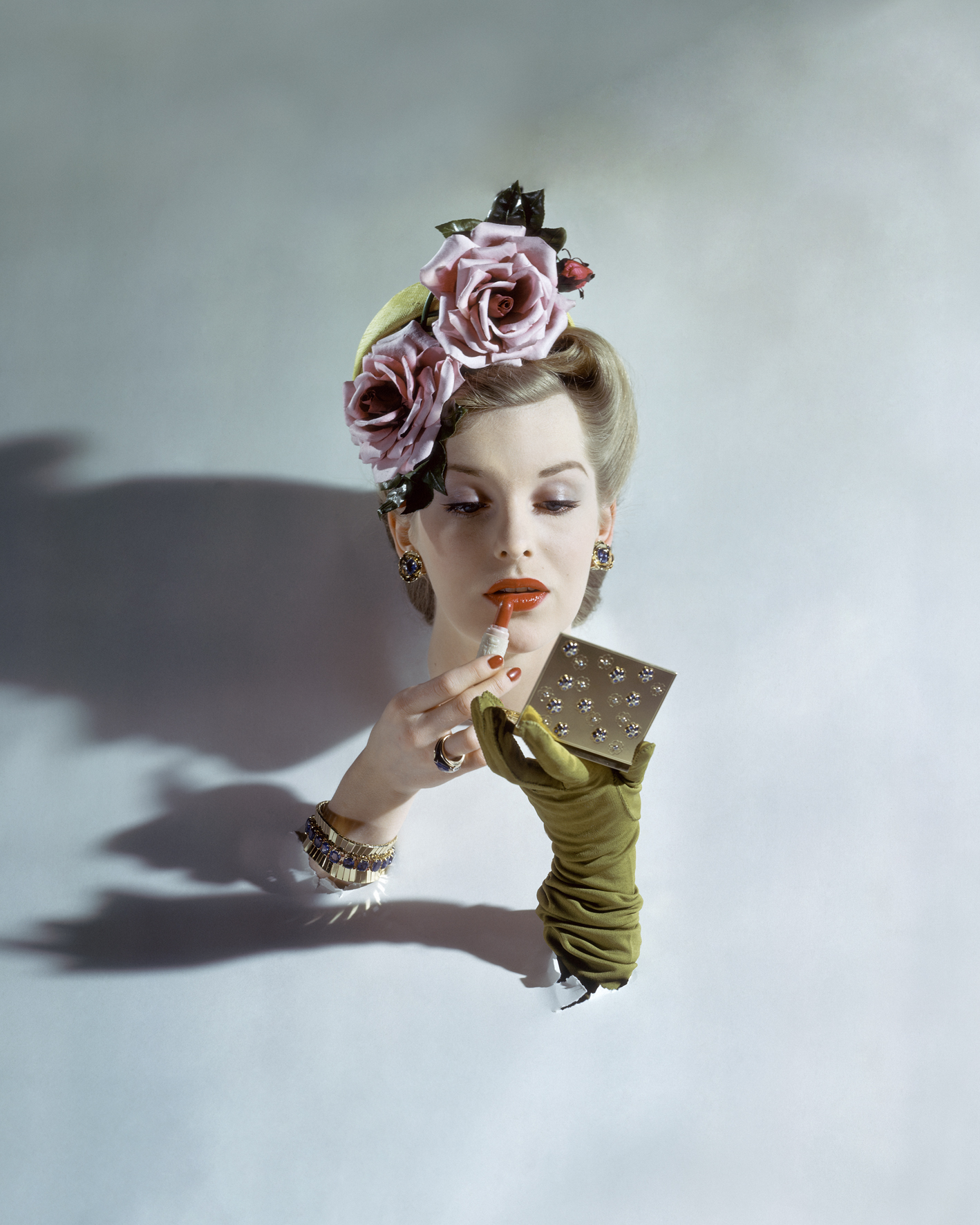
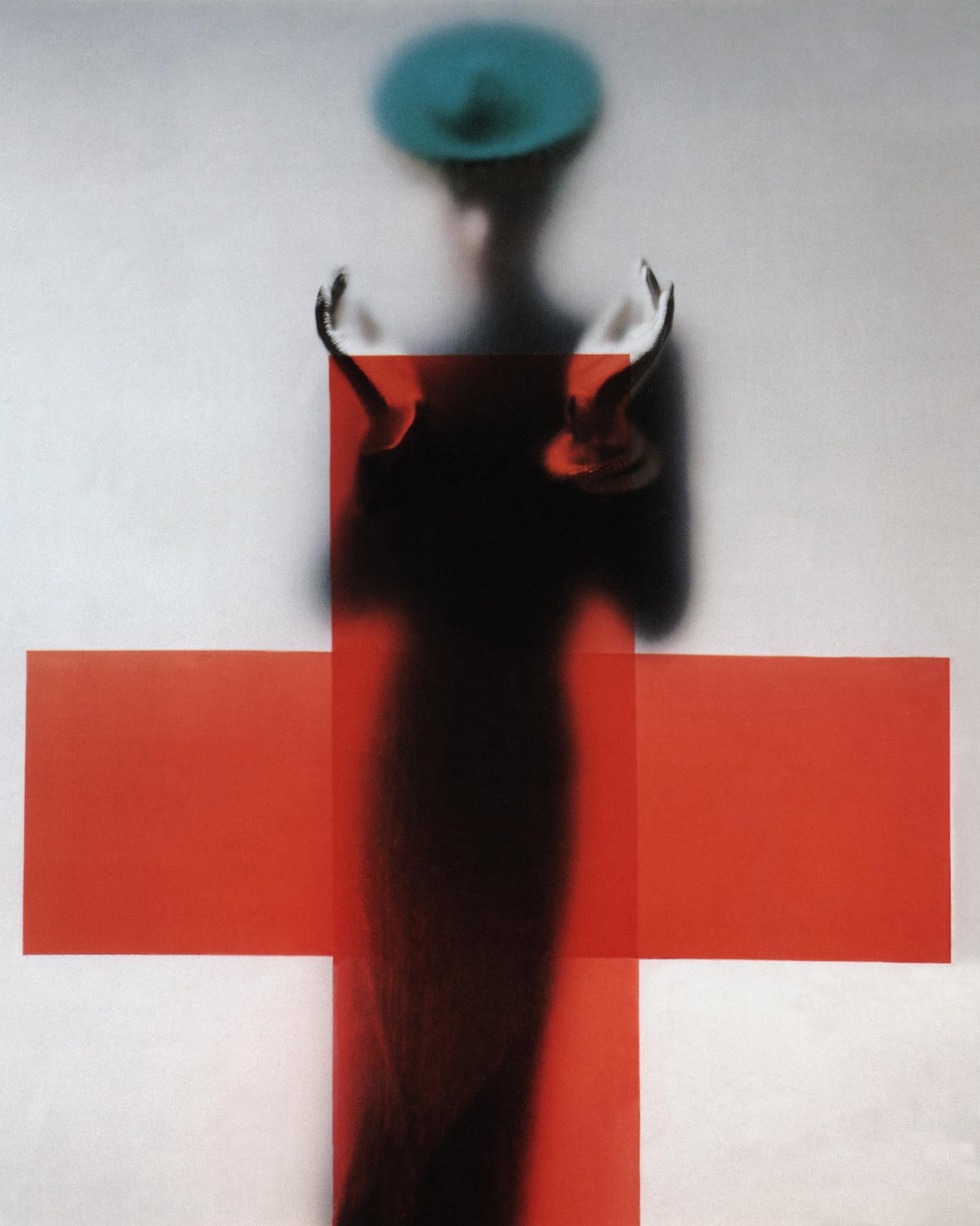
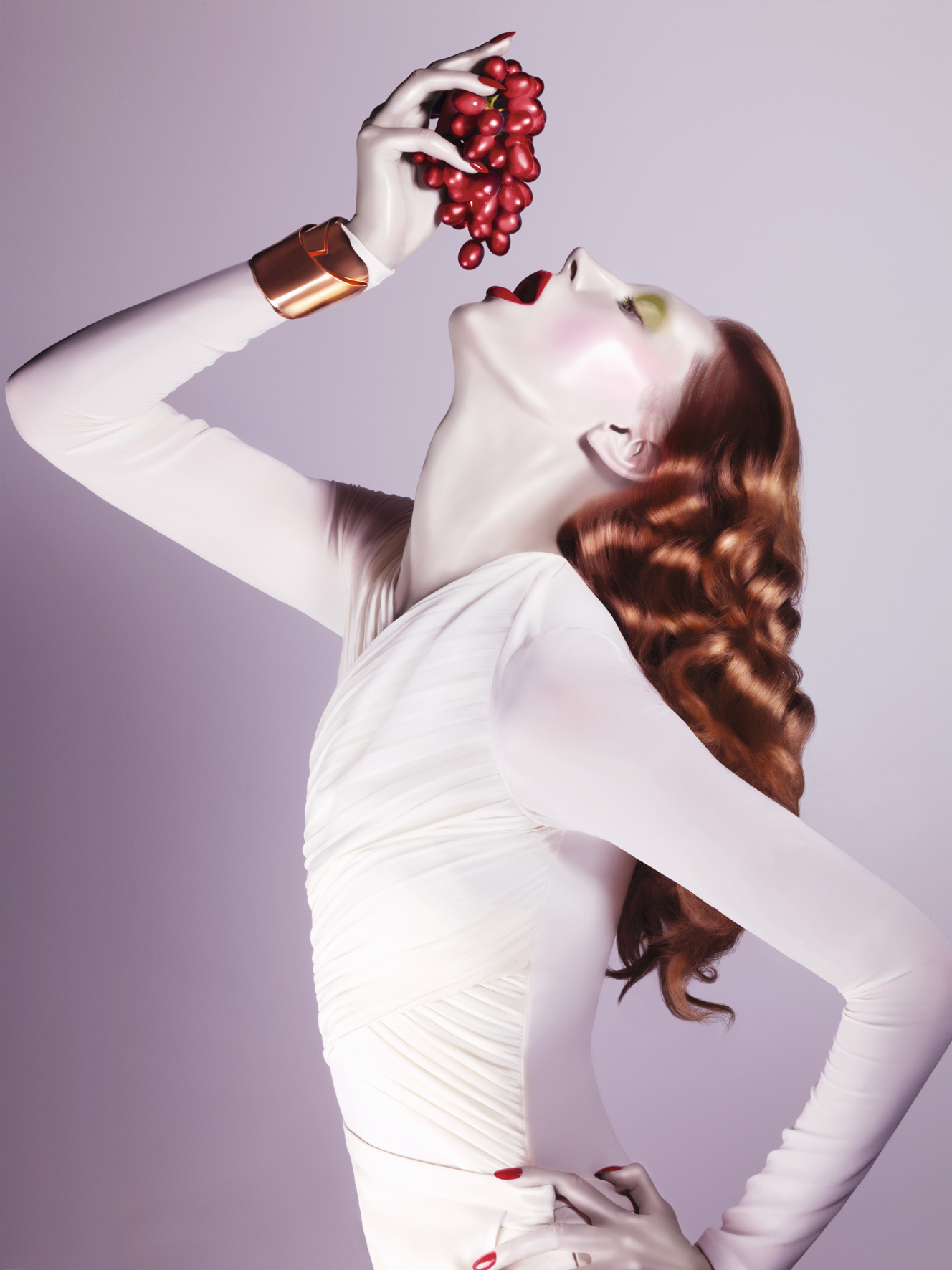

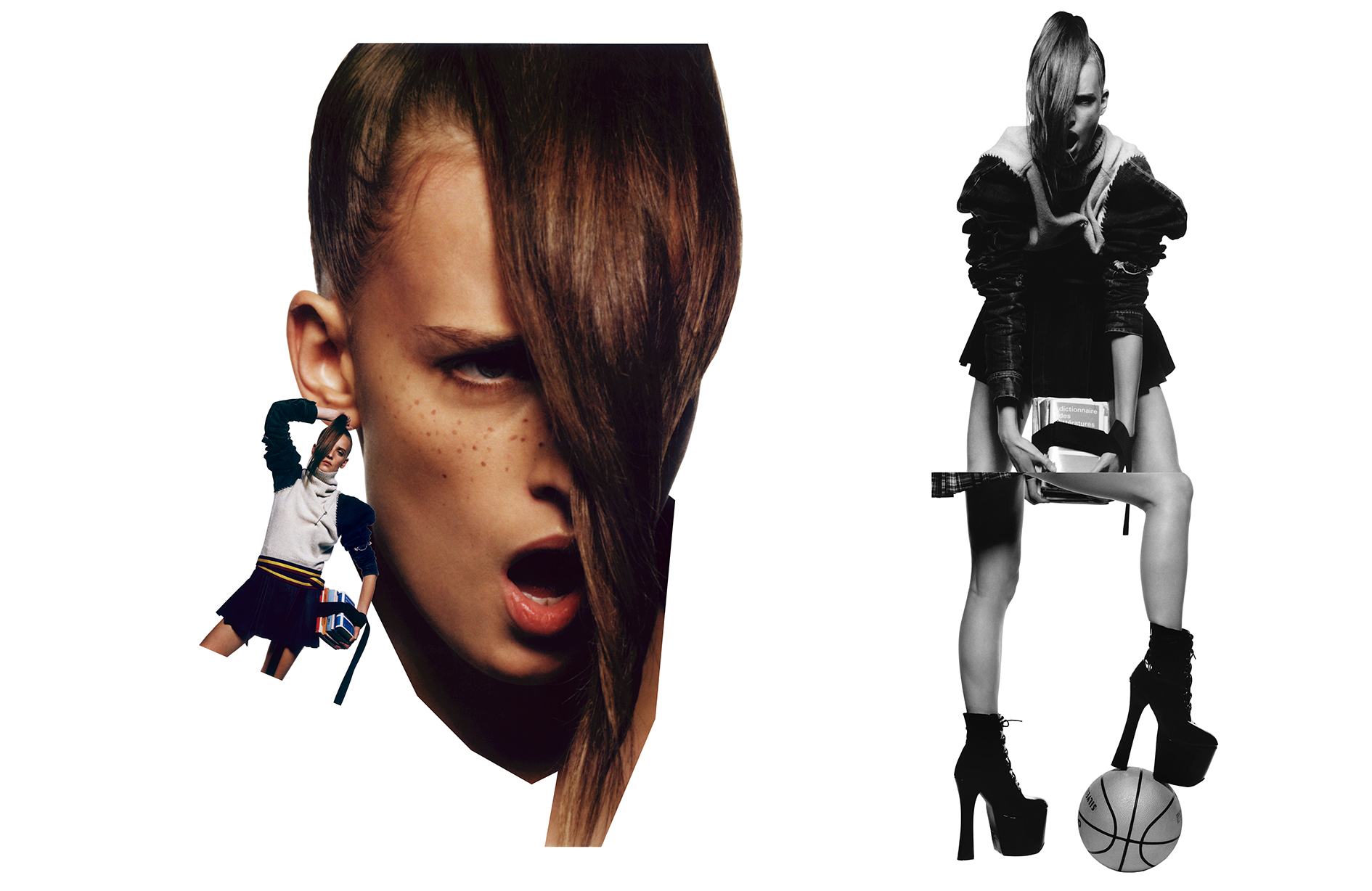
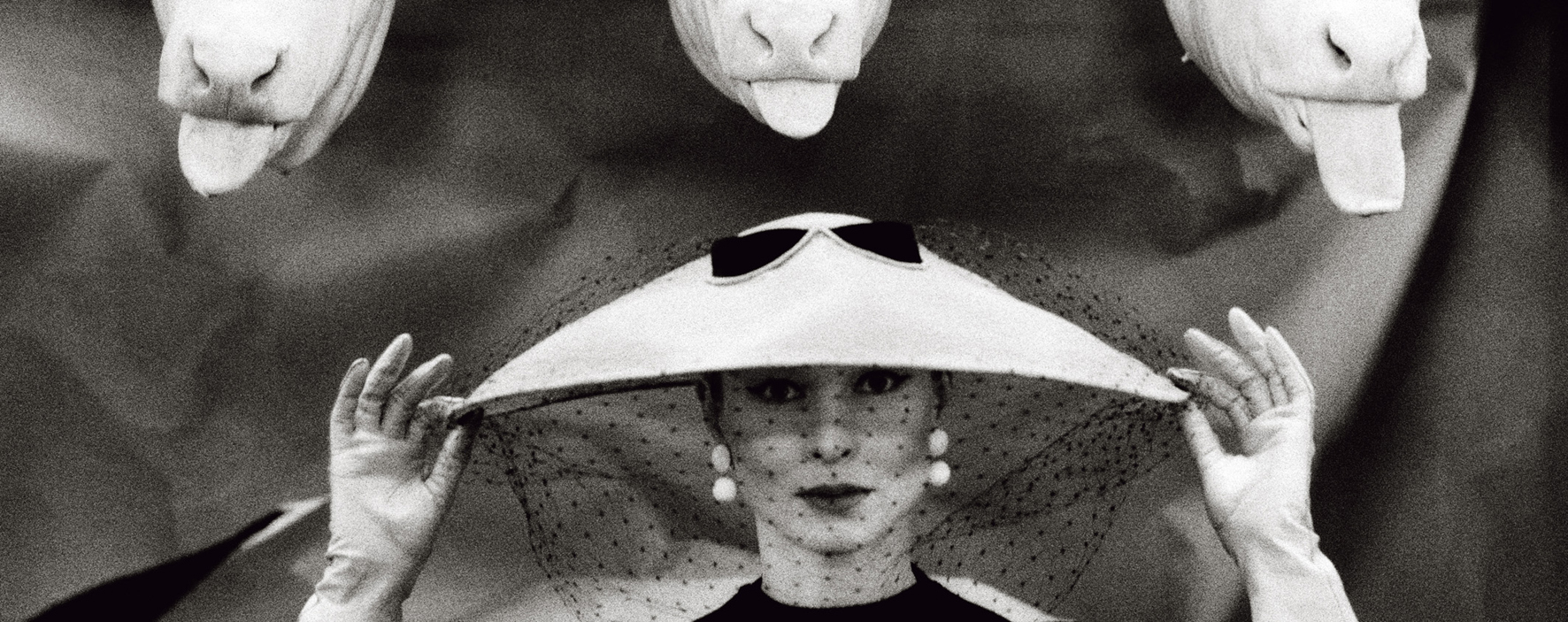
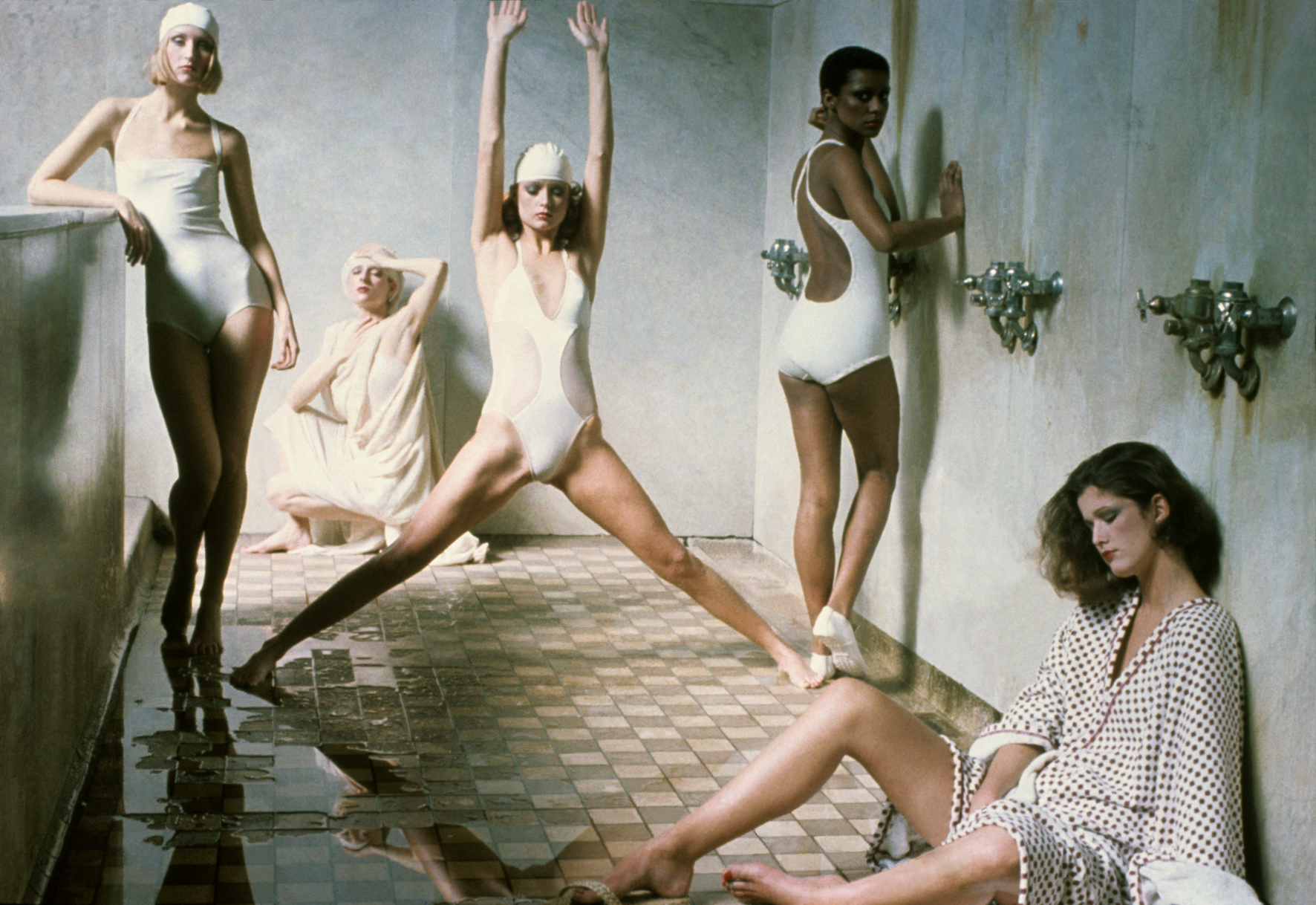
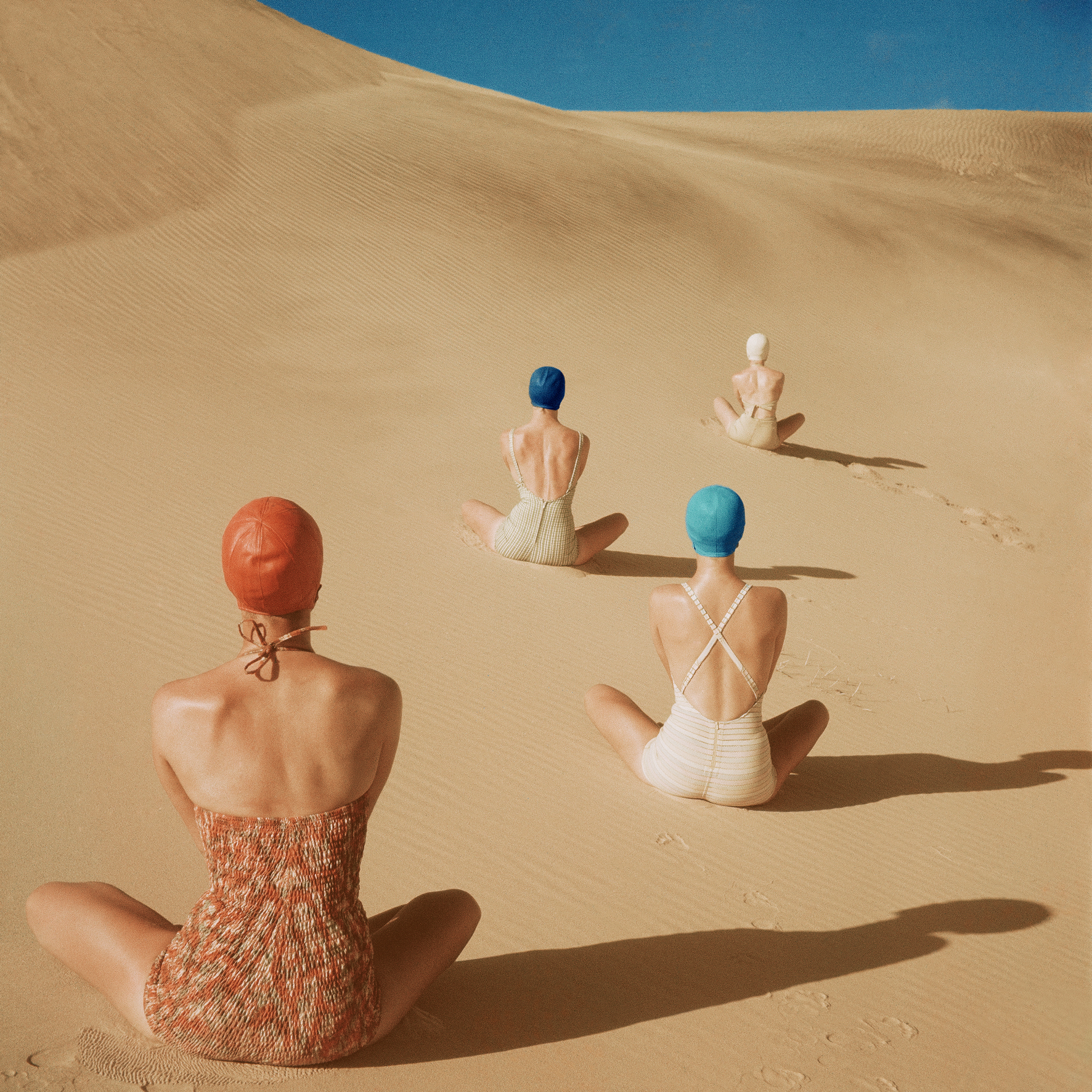

More Must-Reads from TIME
- How Donald Trump Won
- The Best Inventions of 2024
- Why Sleep Is the Key to Living Longer
- Robert Zemeckis Just Wants to Move You
- How to Break 8 Toxic Communication Habits
- Nicola Coughlan Bet on Herself—And Won
- Why Vinegar Is So Good for You
- Meet TIME's Newest Class of Next Generation Leaders
Contact us at letters@time.com